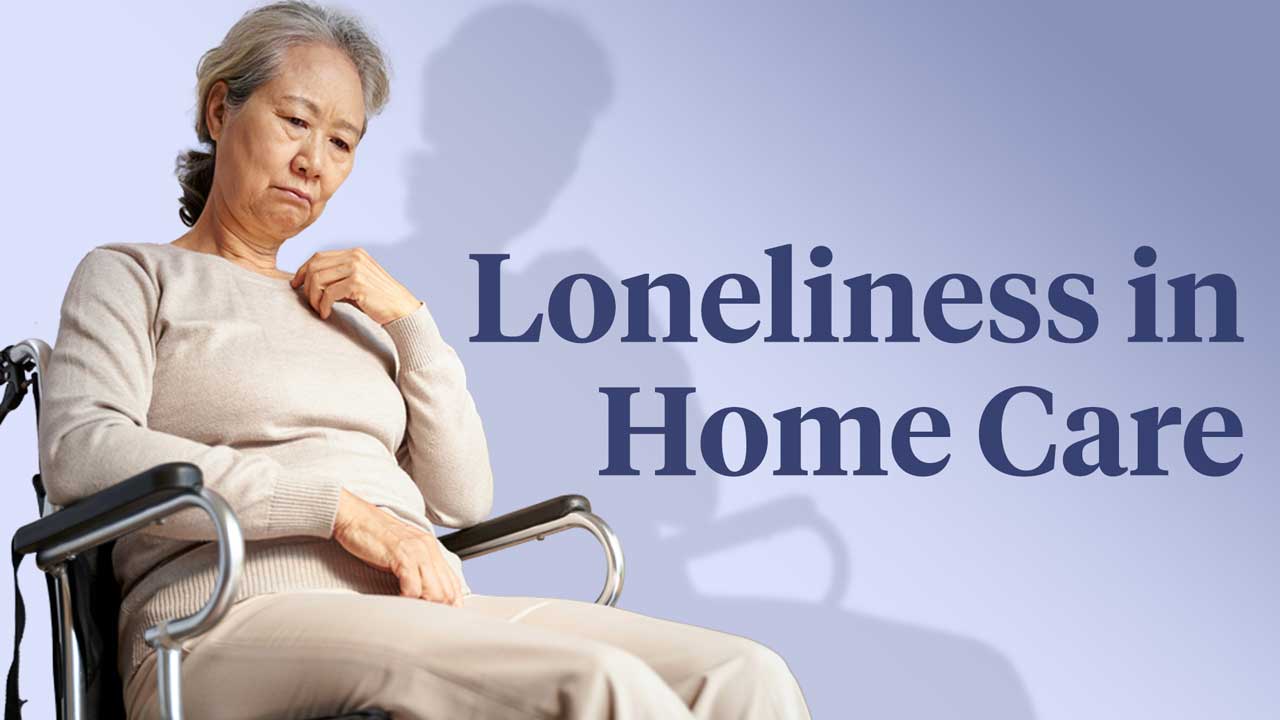Key Takeaways:
- Assisted living communities offer social interaction, reducing seniors’ feelings of isolation and loneliness.
- Participation in community activities fosters a sense of belonging and purpose.
- Access to professional care and support helps maintain physical and mental well-being.
Table of Contents:
- Introduction
- Community and Social Interaction
- Engagement in Activities
- Access to Emotional and Professional Support
- Enhancing Physical and Mental Well-being
- Conclusion
Introduction
The transition into senior living can mark a significant change in an older adult’s life. As individuals age, the risk of experiencing isolation and loneliness increases, often due to several interconnected factors such as retirement, losing close friends or family, or decreased mobility and social opportunities. These feelings, if left unaddressed, can have adverse effects on both mental and physical health, leading to a diminished quality of life. However, assisted living facilities offer an environment meticulously designed to combat these challenges. By providing comprehensive opportunities for socialization, activity, and community engagement, these living arrangements play a pivotal role in significantly reducing the risk of isolation, thereby supporting seniors in leading fulfilling and active lives.
Community and Social Interaction
At the heart of assisted living is nurturing a robust sense of community among residents and caregivers. Facilities, such as those found in Greensburg assisted living facilities, are thoughtfully structured to encourage and facilitate social interaction, ensuring that residents are not left alone to grapple with feelings of isolation. This is achieved by designing and operating shared dining areas, communal lounges, and organized social activities, all of which open the door to forming new friendships and maintaining regular, meaningful contact with peers. The daily interactions residents experience—from casual conversations in shared spaces to organized group events—are vital in nurturing a sense of belonging and preventing feelings of loneliness. Furthermore, staff members play an essential role in maintaining social engagement by actively facilitating introductions and encouraging participation in community life, fostering an inclusive and welcoming atmosphere that invites seniors to be part of a thriving social network.
Engagement in Activities
Assisted living communities provide extensive activities meticulously designed to cater to their residents’ diverse interests and abilities. These activities are far more than mere time-fillers—they are powerful, dynamic tools employed to actively combat isolation and improve quality of life. Participation in groups focused on shared interests—such as arts and crafts, music appreciation, or book clubs—allows residents to engage over common passions, fostering relationships and building camaraderie. Physical activities, including yoga classes, group walks, and fitness sessions, ensure that residents remain active and healthy and promote teamwork and friendship. Many facilities extend their offerings with organized excursions and community events, inviting residents to explore and engage with the outside world together. These activities enrich their experiences and strengthen social bonds. Such dynamic engagement not only keeps seniors physically active but also mentally stimulated, which helps combat depression and anxiety that often accompany loneliness, thereby contributing to residents’ overall sense of well-being and fulfillment.
Access to Emotional and Professional Support
One of the substantial advantages of assisted living environments is the availability of comprehensive emotional and professional support, which is readily accessible to all residents. Unlike living alone, where seniors may feel isolated or unsupported, those residing in assisted living facilities have regular access to trained, compassionate staff who provide companionship and attentive, personalized care. These staff members are equipped to handle the distinct health concerns that often accompany aging and are trained to recognize early signs of distress or depression among residents. Emotional support is an integral component of care, with regular interactions with compassionate caregivers significantly improving a resident’s outlook and emotional state. Facilities often offer access to mental health professionals and support groups, providing essential platforms for seniors to openly discuss their feelings and challenges, which can be instrumental in preventing loneliness and ensuring emotional well-being.
Additionally, social engagement programs such as group activities, hobby clubs, and communal dining further encourage connection and companionship among residents. Regularly scheduled counseling sessions help seniors navigate the emotional adjustments accompanying aging, such as coping with loss or changes in independence. Many facilities also incorporate pet therapy, music therapy, and mindfulness exercises to enhance emotional resilience and create a comforting atmosphere. Family involvement is strongly encouraged, with scheduled visits and virtual communication options helping residents maintain strong ties with loved ones. By fostering an environment of understanding and connection, assisted living communities play a crucial role in enhancing their residents’ emotional and psychological well-being.
Enhancing Physical and Mental Well-being
Physical and mental health are intrinsically linked to a senior’s happiness and quality of life. Assisted living facilities are structured to provide a holistic environment where physical well-being is closely monitored and supported. Proper medication management, regular health checks, and personalized care plans are core components of this approach, ensuring residents maintain their health with confidence and peace of mind. Such care reduces worry and stress for residents and frees them to engage more fully in community life and its enriching social experiences. Regular social interaction and participation in various stimulating activities contribute to maintaining cognitive function, which is crucial for sustaining mental health. Assisted living communities promote comprehensive wellness by providing balanced meals, encouraging regular exercise, and facilitating engaging conversations and activities. This nurturing environment helps mitigate the harmful effects of isolation, fostering a vibrant and fulfilling lifestyle for residents while ensuring they feel connected, supported, and empowered to lead an active, engaged life.
Conclusion
In the tapestry of senior living, assisted living facilities stand out as beacons of support, community, and companionship for older adults. By providing structured opportunities for social interaction, diverse and engaging activities, and extensive support networks, these communities effectively combat the isolation and loneliness that can affect older individuals as they age. Through fostering a robust sense of belonging and purpose, they not only enhance the day-to-day experiences of their residents but also safeguard their physical and mental health, contributing to a sustained quality of life. As seniors navigate this unique phase of life, assisted living provides a nurturing, supportive environment that empowers them to live with vitality, connection, and joy, making it an indispensable option for those seeking a fulfilling, engaged lifestyle in their later years.
Additionally, these communities help alleviate the stress on family members by ensuring that their loved ones receive professional care in a safe and comfortable setting. Assisted living facilities also promote independence by offering personalized levels of assistance, allowing residents to maintain autonomy while receiving the support they need. The presence of trained caregivers ensures that medical needs are met promptly, further enhancing residents’ overall well-being. Access to amenities such as fitness programs, wellness initiatives, and cultural activities allows seniors to continue to grow, learn, and enjoy meaningful experiences. Ultimately, assisted living bridges independent living and more intensive care options, providing a balanced and enriching lifestyle for older adults.

